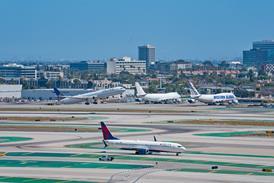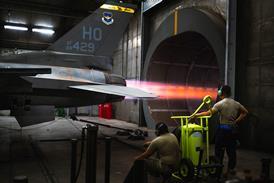While the fatal accident rate for general aviation (GA) in the USA continues to decline, the worst killers remain the same: bad weather and manoeuvres at low level, according to the first detailed analysis of figures from 1999.
The US Aircraft Owners and Pilots Association's (AOPA) annual Nall Report, which covers US-registered GA aircraft of less than 5,000kg (12,500lb), also reveals that "flight for personal reasons" - 45% of all GA flights - accounts for 68% of accidents and 67.5% of fatal accidents. Owner-flown or chartered aircraft, which account for 16% of GA activity, are involved in only 8% of the fatal accidents.
In 1999, 1,707 accidents were recorded, of which 320 were fatal, compared with 1,679 and 341 respectively for the previous year.
The number of related deaths in 1999 was 632. Flight hours increased slightly over the year, from 26.8 million to 27.1 million. Bad weather accounted for 12.4% of fatal accidents, says the report, but low-level manoeuvring accounted for the most fatalities at 29.4%.
The latter includes not only pilots "buzzing" locations on the ground, but also crop-dusting and law-enforcement flying at low altitude and low speeds. While agricultural flying accounts for 5.6% of GA hours flown, it makes up for 2.8% of fatal accidents, says Nall.
The AOPA notes that the number of "weather judgement" accidents has fallen markedly, but says it is too early to know whether its propaganda has been a factor.
Weather judgement accidents are those in which pilots elect to continue a visual flight rules trip - usually below a reducing cloudbase or into deteriorating visibility.
Source: Flight International























